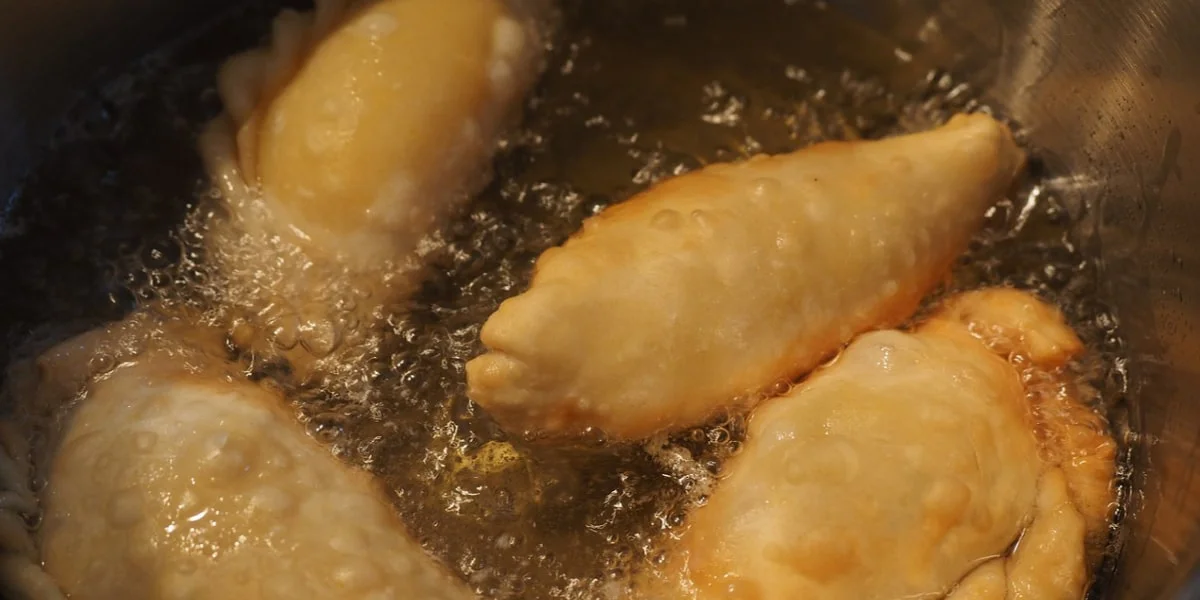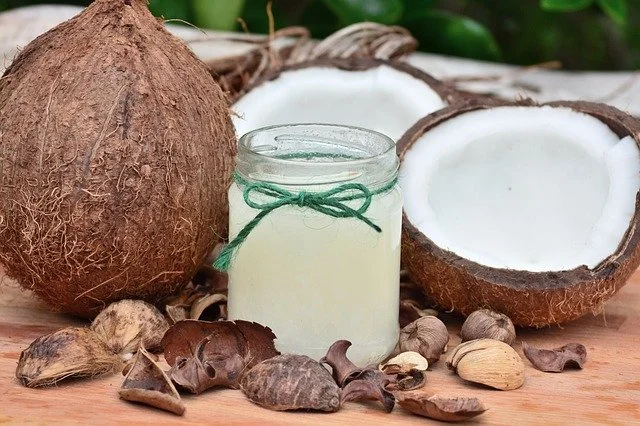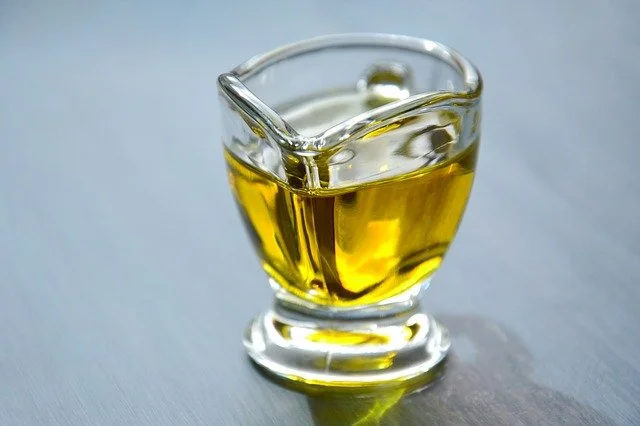
French fries, crispy golden chicken, fried shrimp – deep-fried foods are a staple in cuisines worldwide. But perfecting this delicious goodness and making it healthier has a lot to do with using the right oil for deep frying. Not using the right oil may result in a change of taste, a smoky kitchen, and a hefty purchase on your pocket. When choosing an oil for deep frying, there are certain factors that need to be kept in mind. This article lists the best oils for deep frying and frying:
The Smoke Points
Choosing a cooking oil largely depends on its “smoke point.” Smoke Point is the “breaking” temperature at which oils break down and begins to “smoke.” Cooking Oils and Fats react differently to heat, but in principle, the hotter the oil gets, the more it smokes. It can give a burnt taste to your food and affect its flavor.
Higher the smoke point of your cooking oil, the higher the temperature it requires before it reaches its smoke point. That is what you need to look out for. Refined oils have a high smoke point making them ideal for deep frying. Bear in mind, though, that smoke point’s change as the oil is overused.
Temperatures for Deep Frying
The second factor is the primary temperature at which foods are deep-fried. The ideal temperature is 350–375°F (176–190°C). Submerging food in oil at this temperature instantly cooks the surface turning it golden and crispy. It forms a type of seal against the oil. The moisture in the food turns to steam, cooking the food from inside.
As mentioned before, smoke points do not remain constant, therefore choosing an oil with a smoke point of 400°F is best. It makes extra virgin olive oil, unrefined coconut oil, and vegetable oil all unsuitable as they have smoke pints below 375°F.
Healthy & Best Oil For Deep Frying
The last thing to keep I mind is whether your frying oil is healthy or not. c=Cooking oils that are liquid at room temperature are healthy, so switching your oil is basically going from healthy to healthier. The healthiness of oil can be gauged from the ratio of its “polyunsaturated fats,” the good fats that increase your good cholesterol (HDL) and lower the bad one (LDL). Healthy oils also have a low level of saturated fats. With these factors in mind, let us see the best oils for deep frying:
Sunflower Oil

refined sunflower oil is the number one choice. It is one of the best oils for deep frying and frying in general. It is high in polyunsaturated fats. And has a smoke point that ranges from 450°F to 500°F. Sunflower oil is known for strengthening the immune system and keeping your heart healthy.
Coconut Oil

studies report that even after 8 hours of deep-frying, coconuts oils quality does not falter. It has 90% saturated fats making it almost heat resistant. Apart from that, coconut oil has various other benefits. There is substantial evidence supporting that coconut oil helps you lose belly fat. It also contains loads of lauric acid, which is known to improve heart health. One thing to make sure of when investing in coconut oil for deep frying is that it is refined.
Peanut Oil

This oil is also known as groundnut oil and has a high smoke point (446°F). It is one of the most renowned and best oils for deep frying as it has a neutral taste. Furthermore, it contains an ample amount of polyunsaturated fats, 32%.
Corn Oil
corn oil has a high smoke point make it one of the best oils for frying. This also high in vitamin E and “phytosterol” –healthy heart cholesterol. It also has inflammatory omega six fats making it far more beneficial than other oils.
Safflower Oil
Another oil that is rich in polyunsaturated fats is safflower oil. It has a smoke point above 450F, making it one of the best oils for deep frying. It has a mild flavor and is an excellent substitute for coconut oil.
Vegetable Oil
you cannot go wrong with vegetables. Its an all-rounder oil, affordable, and a popular option for deep frying, frying, or cooking. It has almost little to no taste on its own, so it doesn’t take away from your food flavor. It is a safe option and worth investing in if you are switching oils for a healthier option.
When does oil go bad?
Now that you have chosen your oil, you should know when your oil starts to go rancid and cannot be reused again for frying. An excellent way to tell if your oil is past the point of reuse is its color. Oil darkens with reuse. That is a given. Suppose your oil is several shades darker than its original color of sunlight gold. In that case, it needs to be thrown out as it can have adverse effects on your health and is not safe for consumption.
How Can You Store Used Oil For Reuse?
Storing oil properly is essential for it to last longer and be safe for reuse. Improper storage can result in it going bad after just one use. Airtight containers are a suitable storage container. Placing these in the refrigerator or freezer is best to prevent it from spoiling. Storing oil this way can help it last for weeks or even months.
Filtering it before storing it is also crucial to its long life. A strainer can best filter out the tiny bits of food particles left behind and effectively cleans the oil.
Conclusion
Deep-fried food may not have a reputation for being healthy, but consuming it in moderation is fine. Besides, as we mentioned earlier, the right oil makes a huge difference and makes for a tasty treat. All in oil, if you want a cost-effective oil, vegetable oil is the best option. For a well-rounded oil with a high smoke point, peanut oil is there to save you, and lastly, sunflower oil when picking an oil that is healthy and pocket friendly!


